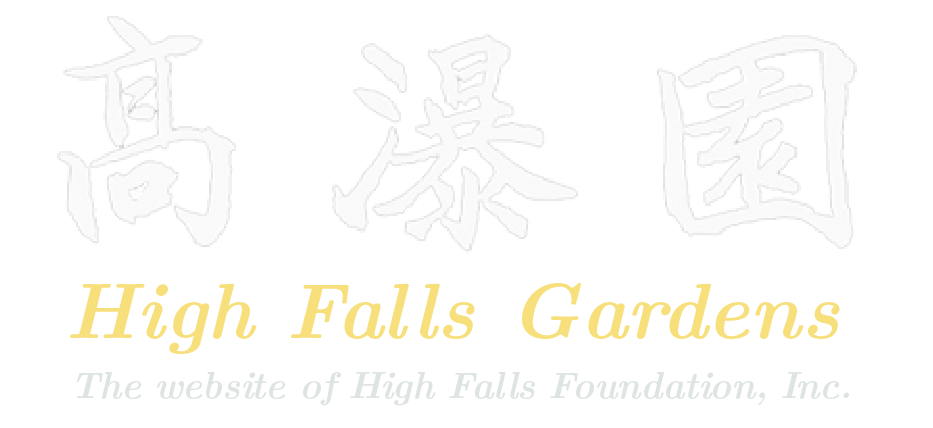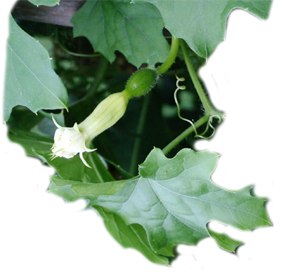Invasive…or Vulnerary?
By Jean Giblette
Toward a North American Fall-Strike Medicine
By Jean Giblette
Shi Yan and Her Little Donkey Farm
By Yang Lu, Sanlian Life Weekly, 12 July 2009
The Seed Is Planted
By Jean Giblette, published in The Illinois Acupuncturist: Journal of the IL Association of Acupuncture & Oriental Medicine, www.ILaaom.org, 2009 Volume 2.
Postmodernization and the Second Enlightenment
By Wang Zhihe, Ph.D., 2008
Giblette J. & C.A. Martin, 2007. Direct marketing of US grown Chinese medicinal botanicals: Feasibility and marketing strategies, p. 298-301. In: J. Janick and A. Whipkey (eds.) Issues in new crops and new uses. ASHS Press, Alexandria, VA
Preliminary Research on Aster tataricus
By Robyn Klein, AHG, MS, 28 November 2006
Proceeding Forward at High Falls Gardens
By Jean Giblette, published July 2005, Meridian Times: The Journal of the Acupuncture Society of New York,
Volume 14 No. 1 pp. 11-12
Will Chinese Herbs Grown in the U.S. Be the Same?
By Jean Giblette, 15 February 2005
Toward Bridging Perspectives With Integrity
By Hafner C.A., Hassel C.A., Soberg R., Adelmann J., and Fetsch C., October 2004. RCHM Journal, published by the Register of Chinese Herbal Medicine, www.rchm.co.uk.
Can Chinese Herbs Be Produced in North America?
By Jean Giblette, American Journal of Traditional Chinese Medicine, Vol. 5 No. 1, pp. 5- 11, July 2004
Organic Farming and Chinese Herbs
By Jean Giblette, reprinted from The Forum, the newsletter of the Acupuncture and Oriental Medicine Alliance, Spring 2002
Craker, L.E. and J. Giblette. 2002. Chinese medicinal herbs: Opportunities for domestic production, p. 491–496. In: J. Janick and A. Whipkey (eds.), Trends in new crops and new uses. ASHS Press, Alexandria, VA
Books
Mending the Web of Life:
Chinese Medicine and Species Conservation
This important resource for students and practitioners of Chinese medicine addresses the urgent need for conservation of our medicinal materials.
Mending the Web of Life: Chinese Medicine and Species Conservation, by Elizabeth Call, Sandra Altherr, Robert A. Blanchette, Sandra Cleva, Sarah Foster, Grace Ge Gabriel, Jean Giblette, Andrea Heydlauff, and Michael Spencer (Mary Maruca, Managing Editor) was published in 2006 by the International Fund for Animal Welfare (IFAW) and the American Herbal Products Association (AHPA). Ted Kaptchuk wrote the preface and Andy Gamble translated a portion of the Ling Shu which frames sections of the book.
The book has been distributed to the colleges of Acupuncture and Oriental Medicine in the U.S. To obtain your own copy, go to Redwing, MTW, or www.mendingtheweb.com.
The book introduces several subject areas which must become basic to the education of Oriental Medicine practitioners. Conservationists and others concerned about the endangered animals and plants used in the Chinese materia medica will find it useful.
The book begins with an overview of international conservation agreements, the concepts of sustainable use and identification and nomenclature, and their impact on the trade of endangered medicinal species. Then, by using philosophical concepts of the medicine itself as a motivation for protection, a paradigm for conservation is outlined, one that can be understood and supported by practitioners of Chinese medicine from any culture or country.
Mending the Web of Life also presents profiles that include the distribution, biology, threats and conservation strategies of these species, which will enable the reader to appreciate them beyond their medicinal use as unique and valuable life forms in their own right.
The book also provides the results of a peer reviewed, nationwide survey of practitioners on substitutions and replacements for these species in traditional formulas. There is a chapter on the importance of cultivation in conserving medicinal plant species, and also on United States Laws and Treaties that govern their import or export.
Finally, there is a list of suggested actions for the reader that will instill hope and a sense of direction for medicinal species conservation. Ultimately, the model for protection outlined in Mending the Web of Life can be applied to any species threatened by extinction, and helps humans gain perspective on their responsibility in preserving biodiversity for the health and well being of all life on Earth.
The chapter on ecological agriculture is posted here, with permission: The Role of Cultivation in Conserving Medicinal Plants



